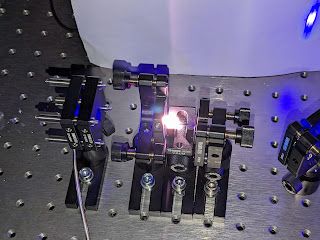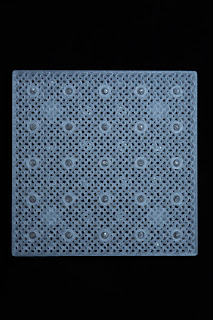External Cavity Diode Laser - part 2: electronics

Introduction In previous part I talked about optical part of ECDL controller. I mentioned requirements for tight control of temperature of all elements involved. In this part, we'll discuss what electronics is required to achieve that. Requirements Millikelvin resolution measurement of temperature of both internal baseplate and laser diode Precise regulation of injection current Driving Peltier modules in heating and cooling mode with 16 bit resolution USB control simple power supply requirements 1. Precise thermometer There are three main ways to measure temperature: using thermoelectric effect in thermocouple using semiconductor dependence on temperature, most often employed in integrated thermometers using thermoresistive effect in thermistor Thermocouple signal is very low, so it's hard and expensive to design an amplifier with low enough internal noise to maintain mK resolution. What's more important, thermocouple effect happens on all material changes, which requires


